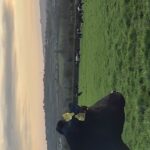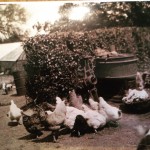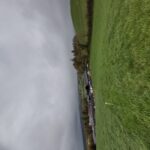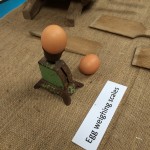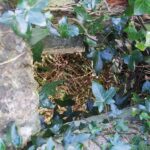
Most fields on all farms have names, primarily to aid communication. It’s important everyone in the family and any workers know the names of the fields. There is less risk of going to the wrong field with the all important tea or machinery parts for a repair. There’s also less likelihood of communication breakdowns so that gates aren’t left open on the wrong fields, and livestock aren’t brought to the wrong field for grazing, although of course mistakes happen. I’d be lying if I said that had never happened to me. But field names serve even more important functions than communication and convenience. It’s about remembering people from bygone days and it’s about keeping memories alive.
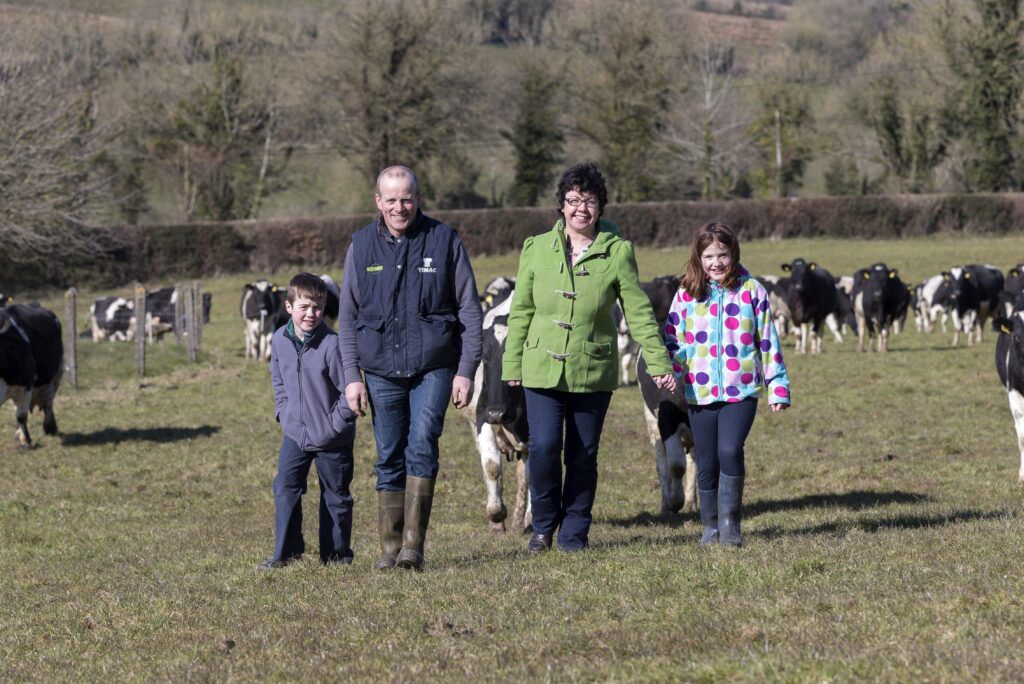
A photo from April 2013 (it was taken by Dylan Vaughan for an article in the Irish Examiner) when it was so cold, the grass was burnt. Northern counties and Wales had severe snow.
Although the letterbox once positioned in the stone wall that runs the length of this field is long gone, this field on the home farm still bears its name. The letterbox once had an important function other than a receptacle for posted letters. A postman travelled the nine miles from Carlow to Crettyard post office with mail for the local dwellers. He kindly did some errands and favours along the way. For decades, first as a favour to my great uncle Herbert and then for my grandfather George, he collected the daily newspaper at Burke’s shop two miles away and dropped it into the letterbox in the wall of this field. The letterboxes weren’t locked then so any of the nine children ran to collect the newspaper. The postman always got a generous Christmas box for his efforts. This practice continued until the newspaper was ordered on subscription.
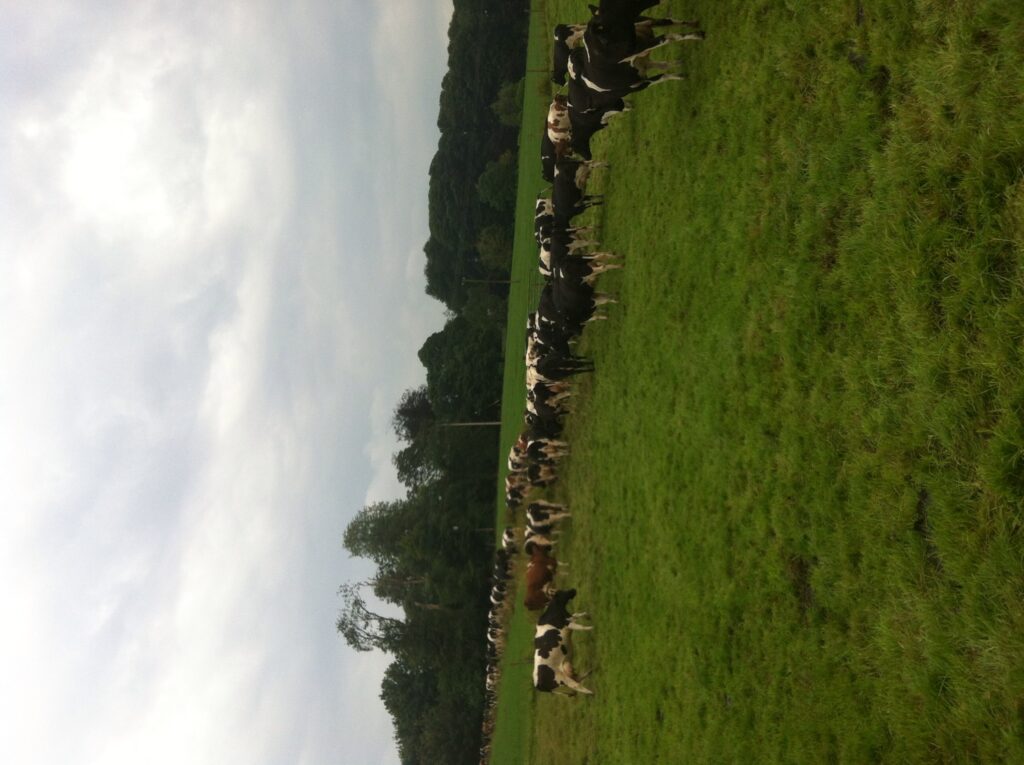
It’s a steep climb to the milking parlour from the Letterbox field.
The local postman who collected the mail from Crettyard post office and delivered it to locals, was a burly man of about twenty stone, who rode an old black bicycle around the lanes and narrow roads of Crettyard and Garrendenny. Whenever one of the children spotted him making his way up the long lane, they ran to relieve him of his cargo. Whenever he delivered letters to any of the houses on Garrendenny Lane (located along the top side of our farm), he then cycled down through the grassy fields to the castle.
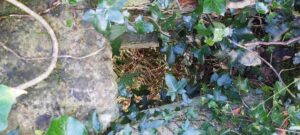
Only ivy fills the hole where the letterbox once sat.
A hole still remains in the stone wall where the letterbox once was. Thankfully, as the local council did some work on the roadside some years ago and repaired the wall with breeze blocks and concrete, the absent letterbox was in the stonework just to the side of it.
I’m glad the hole remains. It’s almost hard to see it now, covered with ivy until I pulled some away. With the local post office in Crettyard now closed and no site decided upon for a new letterbox, it could be handy if this was used again!
Till the Cows Come Home
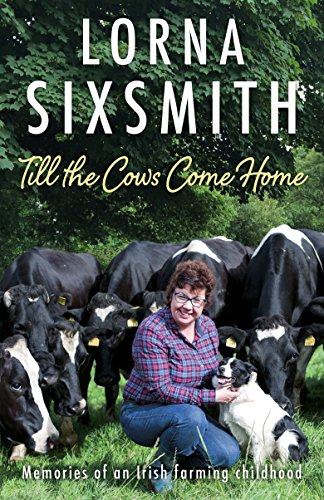 There are more stories of our fields in my memoir Till the Cows Come Home which was published in 2018. I’m very grateful to the farmers, authors, bloggers and reviewers who provided reviews. Here’s one from Hannah Binns, farmer’s daughter, English and History graduate and now working as an agricultural journalist:
There are more stories of our fields in my memoir Till the Cows Come Home which was published in 2018. I’m very grateful to the farmers, authors, bloggers and reviewers who provided reviews. Here’s one from Hannah Binns, farmer’s daughter, English and History graduate and now working as an agricultural journalist:
“Lorna’s book definitely has a feel good factor about it, through its emotional anecdotes celebrating various stages of Lorna’s farming life and past. It combines history, murder (yes that’s right, MURDER!), birth and agricultural lectures in 24 delightful chapters, leaving you feeling a part of Lorna’s wonderful farming family and her many adventures.
Yet despite our differences in upbringings, Lorna on an Irish dairy farm vs me on a working hill sheep farm in Lancashire, her memoir is littered with sheer relatable content that upon reading brought back floods of memories about my own farming childhood. It left me feeling proud of my farming heritage, my unique upbringing and instilled more motivation to keep writing/blogging about my farming adventures.
As an English Literature graduate I’m extremely picky about which books make ‘the shelf’ but I am certain Lorna’s memoir, for a variety of reasons, will remain treasured on my bookshelf for many years to come – I hope you all enjoy reading it as much as I have.”
If you would like to read Till the Cows Come Home, it is available as an ebook and a beautiful hardback (I am so pleased with its production values, okay, apart from my mug on the front, but the quality of the paper is superb, it includes pages of photographs and even has a cowprint on the interior of the cover). Buy it from Amazon, directly from the publisher Black and White Publishing or bookshops.








